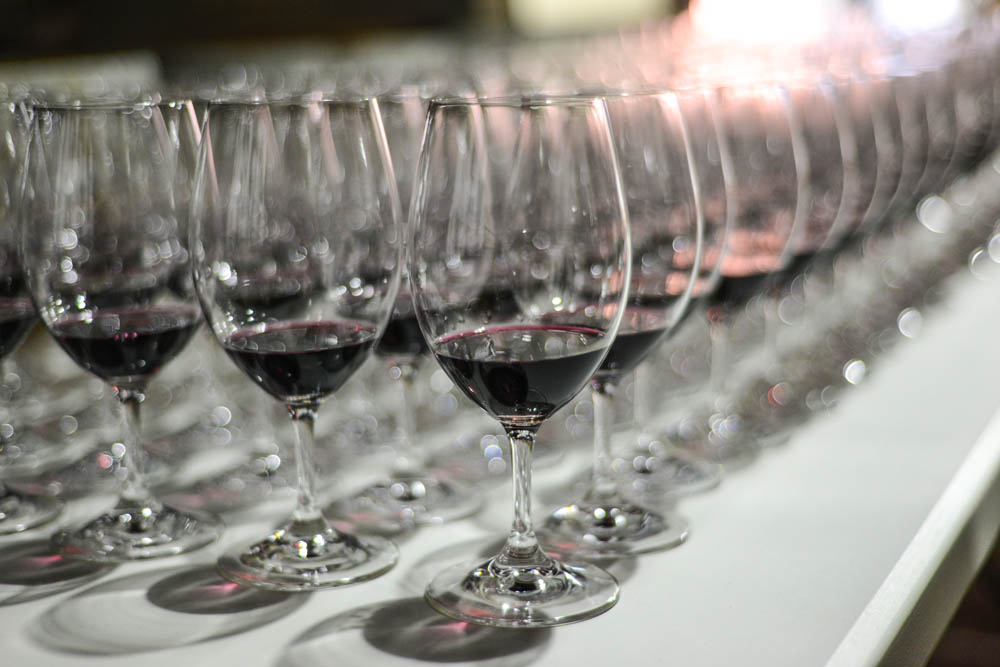 ‘With the release of the ’13 vintage virtually complete, and the ‘14s just commencing, Hawke’s Bay has wine generated new levels of respect from critics and consumers worldwide.
‘With the release of the ’13 vintage virtually complete, and the ‘14s just commencing, Hawke’s Bay has wine generated new levels of respect from critics and consumers worldwide.
There’s almost a ‘gee, this region really does cut it’ feeling emerging as people sense they are discovering something for the first time.
Peter Cowley and I were casually chatting about this new, but consistent, commentary the other day, and we got onto attempting to quantify the reasons it is so. And while the reasons to us were self-evident, it did occur to us that to most they were not; and those same reasons in totality describe a very unique region which possesses natural advantages that would be envied by winemakers elsewhere.
In defence of the critics and consumers, it has to be said that Hawke’s Bay and New Zealand has come relatively late to the correct planting material and knowledge of local variations in site and aspect to fully exploit the region’s potential, but that has happened and the resultant wines are now winning friends.
Hawke’s Bay has predominately alluvial soils; terraces created by retreating rivers and glaciers and a plain formed by soil and stones carried toward the Pacific Ocean by its three main rivers, that come from different directions but meet the sea only four kilometres apart. As New Zealand is mountainous, they fall quickly and turbulently.
 The north facing slopes contain soils with ash high in silica, potassium and sodium from the eruptions that formed Lake Taupo 26,500 years ago, in the world’s largest known eruption in the past 70,000 years. Seismic forces have created ridges and contours and undulating pockets. So, the landform is without parallel but has something a bit in common with Washington State; not Bordeaux, not Burgundy, not Coonawarra, but uniquely Hawke’s Bay.
The north facing slopes contain soils with ash high in silica, potassium and sodium from the eruptions that formed Lake Taupo 26,500 years ago, in the world’s largest known eruption in the past 70,000 years. Seismic forces have created ridges and contours and undulating pockets. So, the landform is without parallel but has something a bit in common with Washington State; not Bordeaux, not Burgundy, not Coonawarra, but uniquely Hawke’s Bay.
One factor, that is not generally known, is that the ultra violet light levels are very high; some claim the highest in the world. Together with the general breeziness of New Zealand, we have two natural elements that keep our grapes at naturally diminished levels of rot and mould, so minimising the need to use sprays.
Hawke’s Bay lies on the East Coast of the North Island at the same latitude south as Valencia or Northern Sonoma are north – 39 degrees – and has the advantage of being in the lee of the prevailing west-to-east wind flows that characterise New Zealand and which ensure the east is relatively drier than the west. While degree-day accumulation, rainfall and the like are measures of climate, a further feature of Hawke’s Bay is its highly varied topography that ensures that it is the specific grape growing sites that matter, rather than a bland, one‑size‑fits all approach; again a natural advantage of the best grape growing regions where pockets, slopes, aspects, water permeability and so on all come into play. It is this feature that enables Hawke’s Bay to grow such a range of varieties and to vinify them in different styles.
The growing season is also characterised by warm summers tempered by proximity to the Pacific Ocean and crisp, clear, short winters, so that budburst is early in the season and there is ample ability to hang fruit until late, so that maximum flavour development is possible, without the need to add sugar, or to add or subtract from the acid levels that ensure the ability of Hawke’s Bay wines to develop in the bottle.
The region sits over an underground aquifer that is re-charged by snow melt. Water takes 20 years to flow across it. In addition, there is no prescriptive regime for vineyard practices such as AOC in France. Therefore the choice of variety is down to the vineyard owner, as is the use of one of the best tools in maintaining grape quality – that of deficit irrigation which ensures balanced ripening and managed stress through until final harvest.
Almost all of the region’s vineyards and wineries are sustainably accredited – an official accreditation subject to annual audit that ensures best practice is followed in all facets of grape growing and winemaking with separate vineyards and individual wineries each requiring their own certification. In addition, the major territorial authority in the grape growing areas, the Hastings District Council, is officially GE free, ie genetically engineered crops are not permitted within its boundaries, so giving further reassurance to consumers as to the integrity of the land-based product of the district.  In our chats, Peter and I concluded that no other grape growing region ticked all the boxes the way Hawke’s Bay does. Between us we are familiar with most of them and can research those we don’t know. And all these natural qualities give rise to the style of wines that Hawke’s Bay is gaining international renown for; wines with bright, ripe, fresh fruit flavours and aromas, reds with great colour and delicious fine tannin, and styles that, along with all the great classics, improve markedly when cellared.
In our chats, Peter and I concluded that no other grape growing region ticked all the boxes the way Hawke’s Bay does. Between us we are familiar with most of them and can research those we don’t know. And all these natural qualities give rise to the style of wines that Hawke’s Bay is gaining international renown for; wines with bright, ripe, fresh fruit flavours and aromas, reds with great colour and delicious fine tannin, and styles that, along with all the great classics, improve markedly when cellared.
We think Hawke’s Bay can fairly demonstrate that, using modern criteria, it is the best naturally equipped region in the world in which to grow quality grapes.
Hawke’s Bay wines are getting better; the rate of improvement is quite remarkable and is faster than in more traditional areas.’
– 23/03/2016
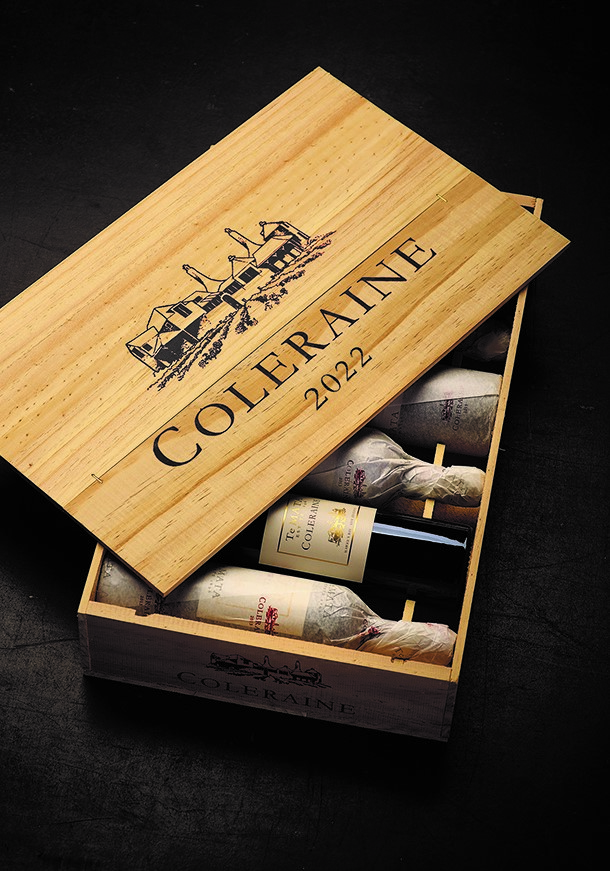
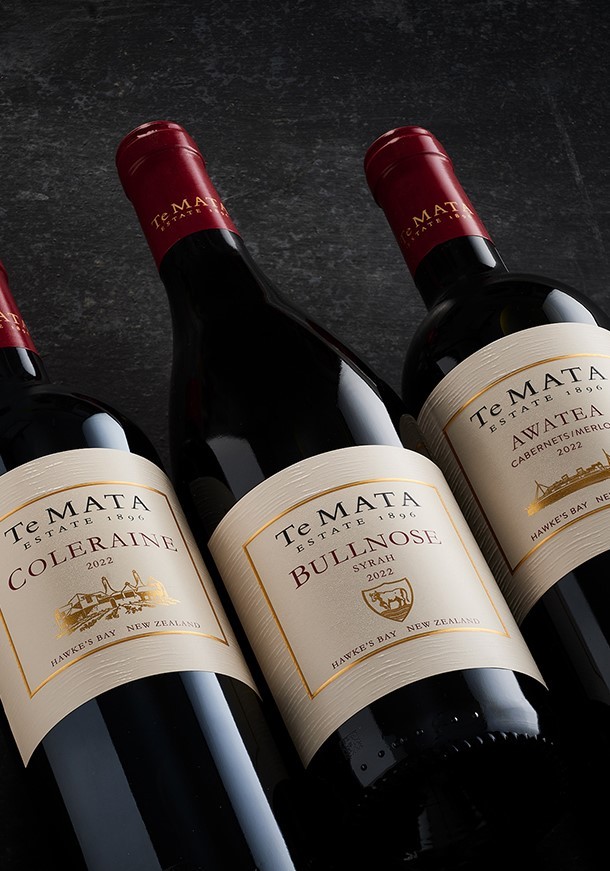
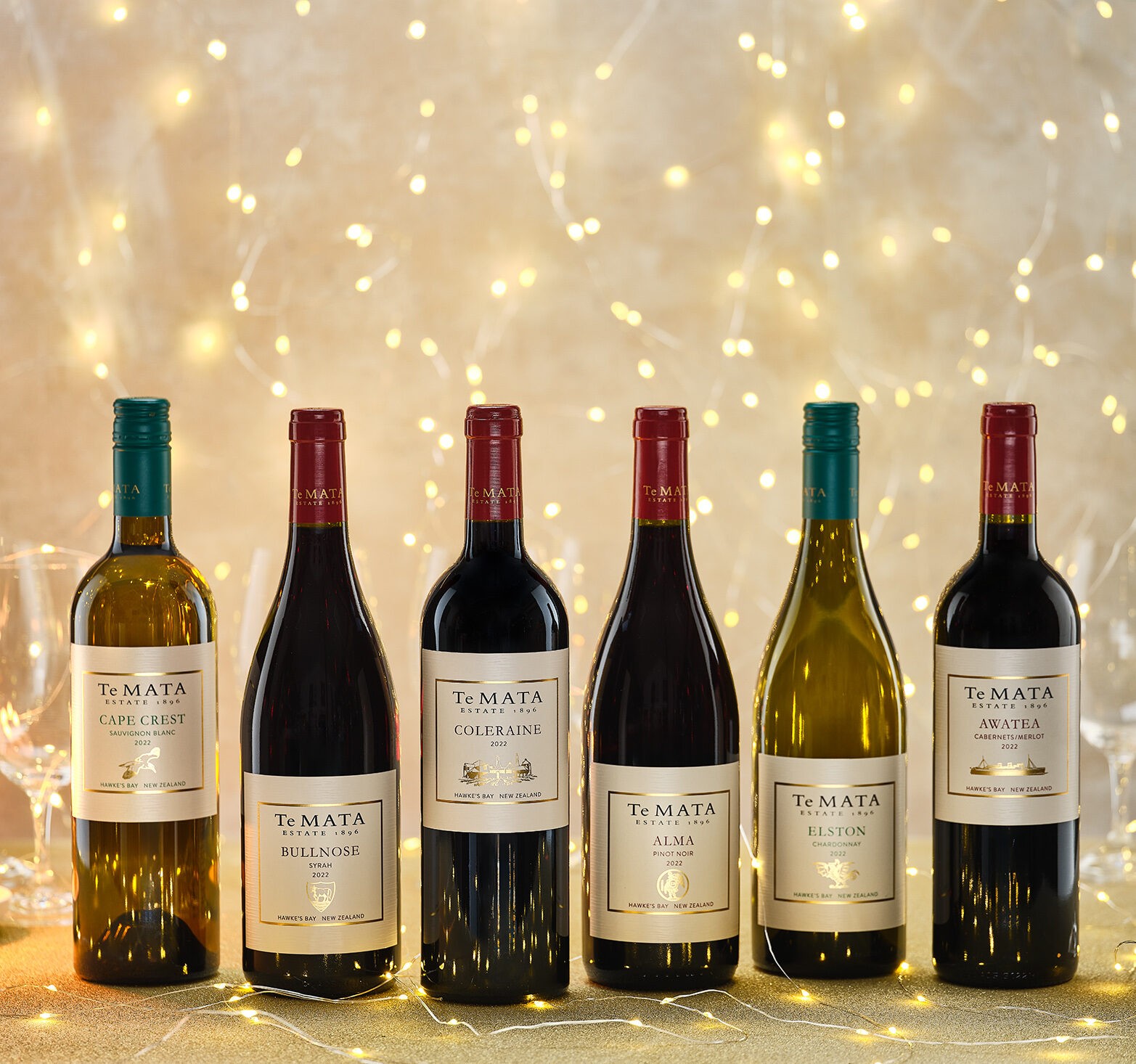

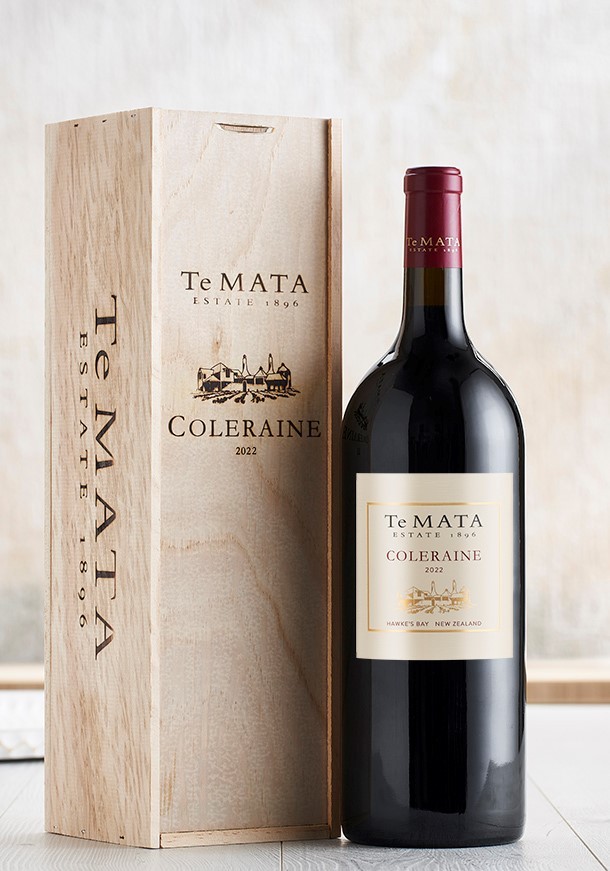











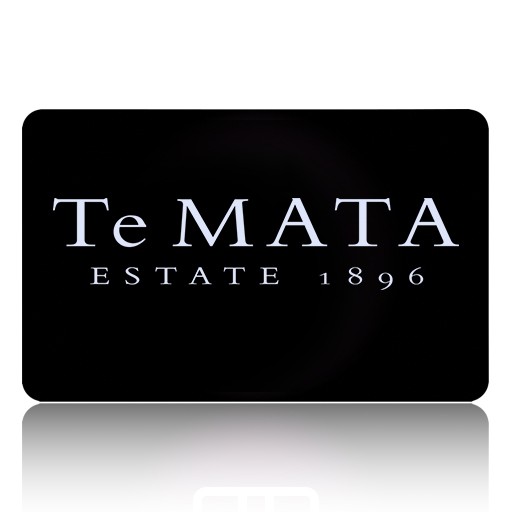
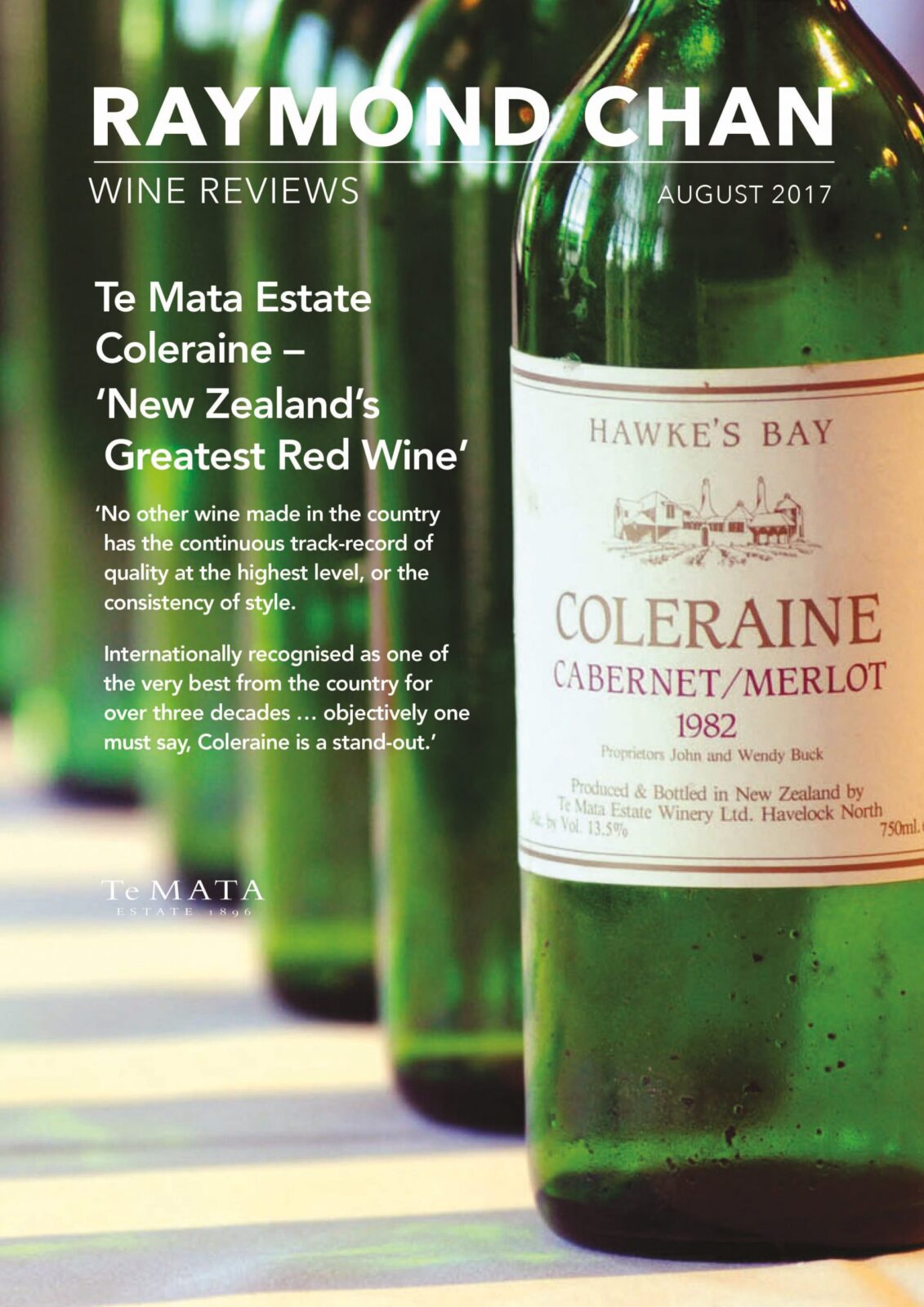
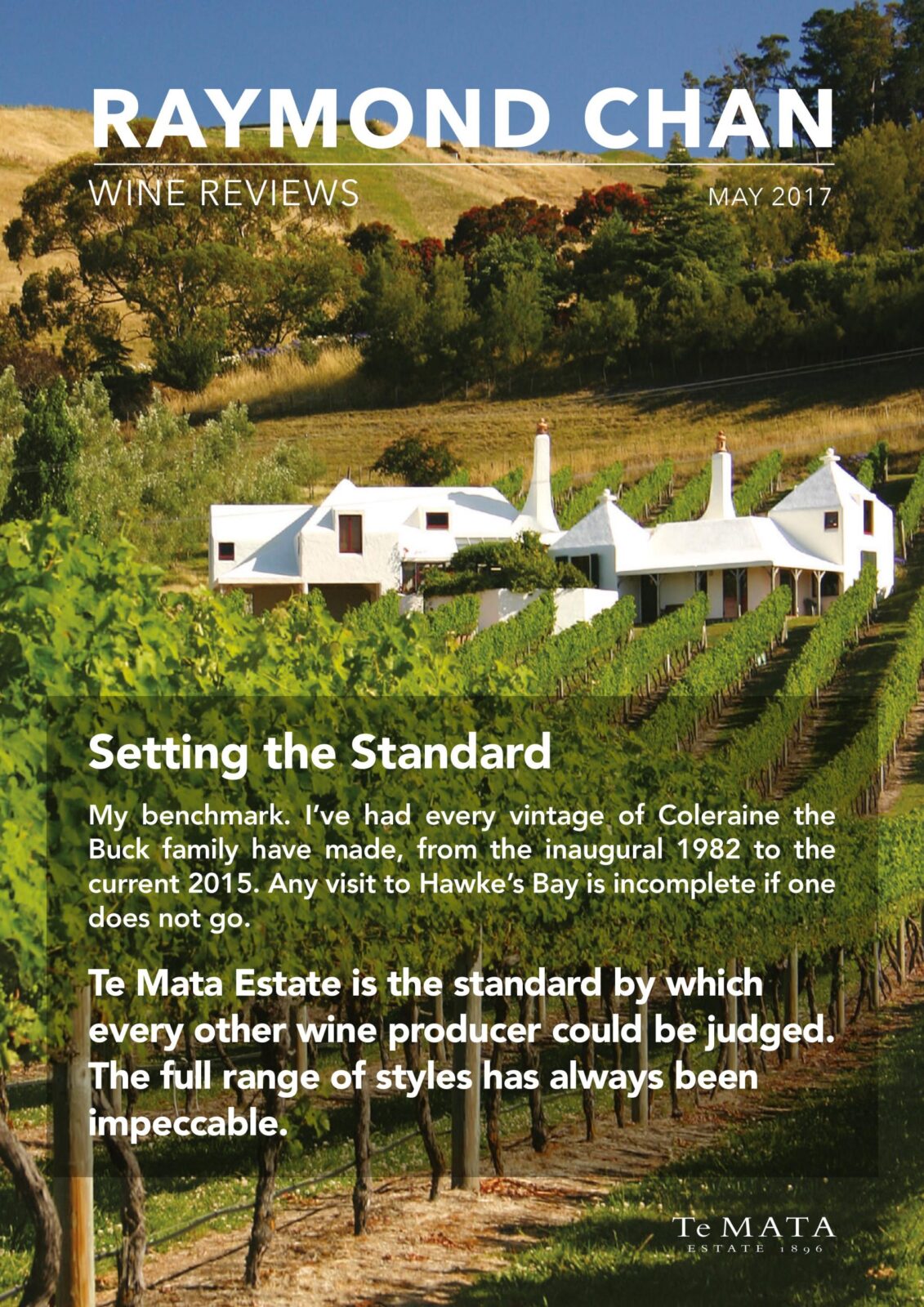

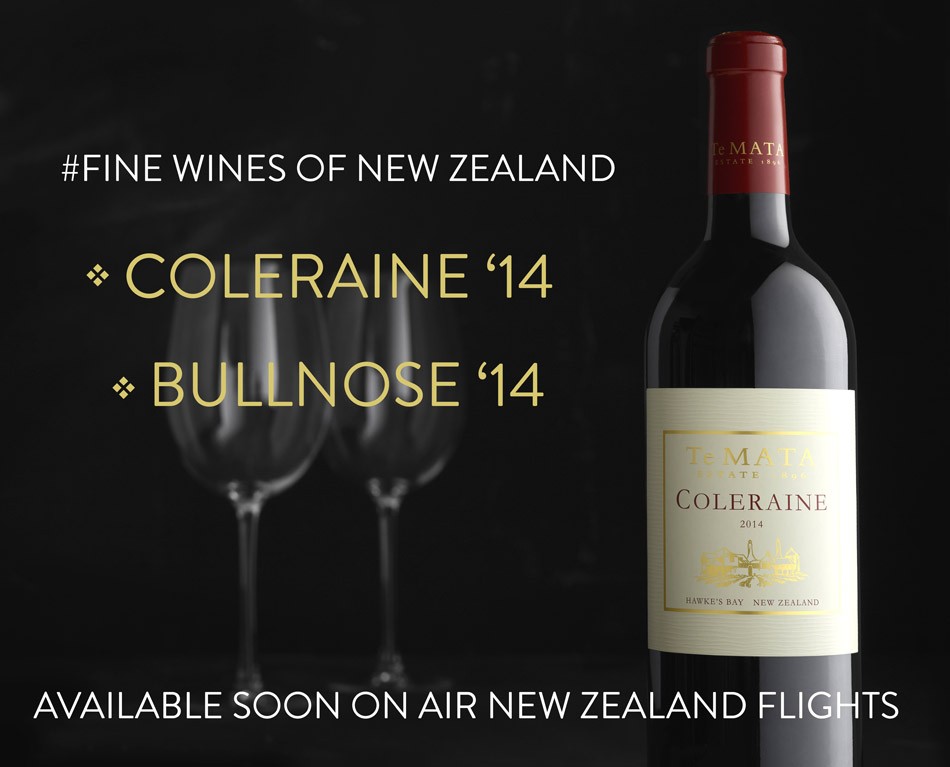
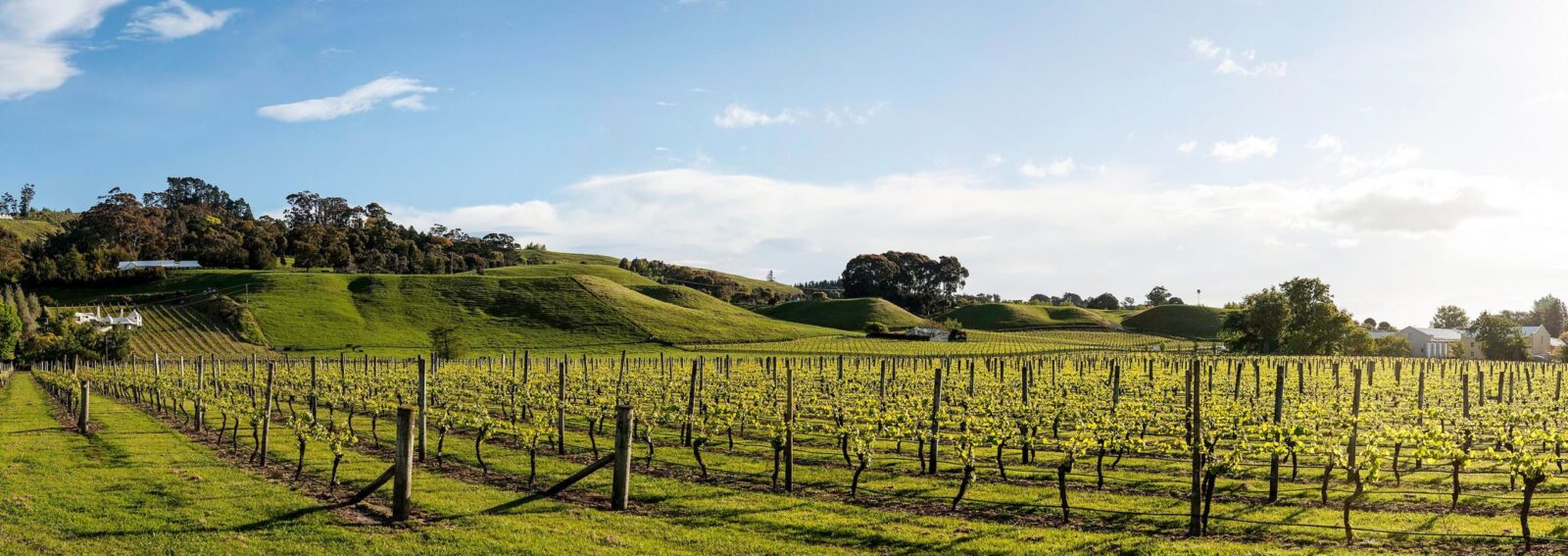
 ‘With the release of the ’13 vintage virtually complete, and the ‘14s just commencing, Hawke’s Bay has wine generated new levels of respect from critics and consumers worldwide.
‘With the release of the ’13 vintage virtually complete, and the ‘14s just commencing, Hawke’s Bay has wine generated new levels of respect from critics and consumers worldwide. The north facing slopes contain soils with ash high in silica, potassium and sodium from the eruptions that formed Lake Taupo 26,500 years ago, in the world’s largest known eruption in the past 70,000 years. Seismic forces have created ridges and contours and undulating pockets. So, the landform is without parallel but has something a bit in common with Washington State; not Bordeaux, not Burgundy, not Coonawarra, but uniquely Hawke’s Bay.
The north facing slopes contain soils with ash high in silica, potassium and sodium from the eruptions that formed Lake Taupo 26,500 years ago, in the world’s largest known eruption in the past 70,000 years. Seismic forces have created ridges and contours and undulating pockets. So, the landform is without parallel but has something a bit in common with Washington State; not Bordeaux, not Burgundy, not Coonawarra, but uniquely Hawke’s Bay. In our chats, Peter and I concluded that no other grape growing region ticked all the boxes the way Hawke’s Bay does. Between us we are familiar with most of them and can research those we don’t know. And all these natural qualities give rise to the style of wines that Hawke’s Bay is gaining international renown for; wines with bright, ripe, fresh fruit flavours and aromas, reds with great colour and delicious fine tannin, and styles that, along with all the great classics, improve markedly when cellared.
In our chats, Peter and I concluded that no other grape growing region ticked all the boxes the way Hawke’s Bay does. Between us we are familiar with most of them and can research those we don’t know. And all these natural qualities give rise to the style of wines that Hawke’s Bay is gaining international renown for; wines with bright, ripe, fresh fruit flavours and aromas, reds with great colour and delicious fine tannin, and styles that, along with all the great classics, improve markedly when cellared.